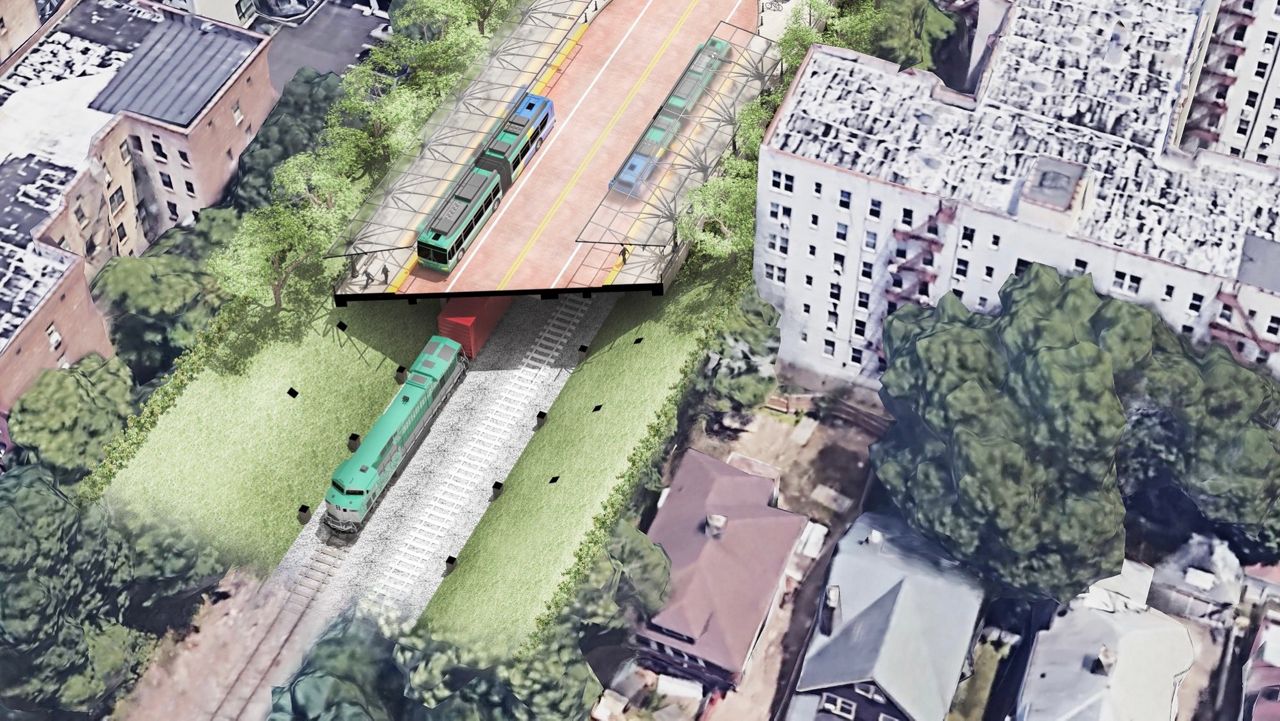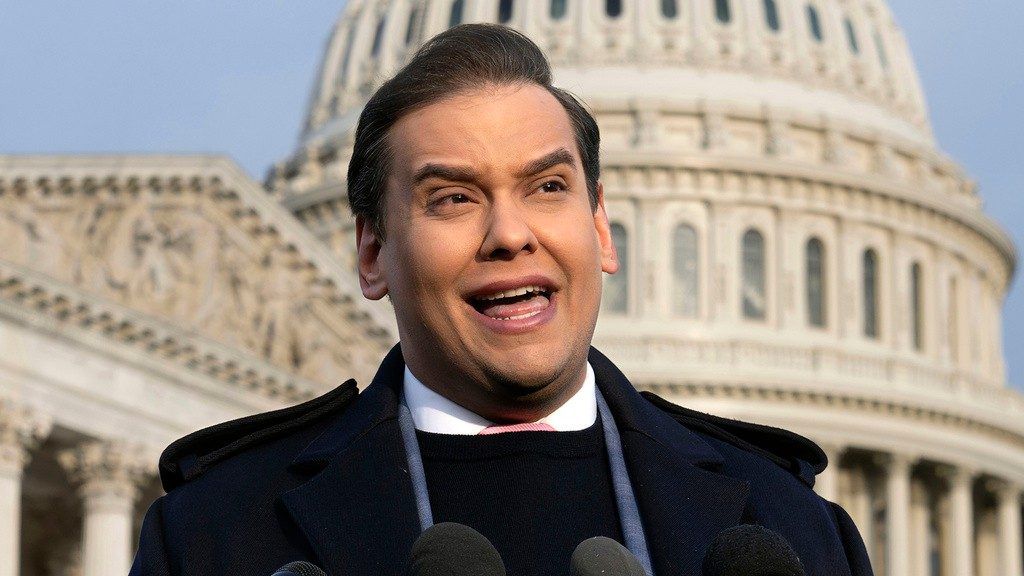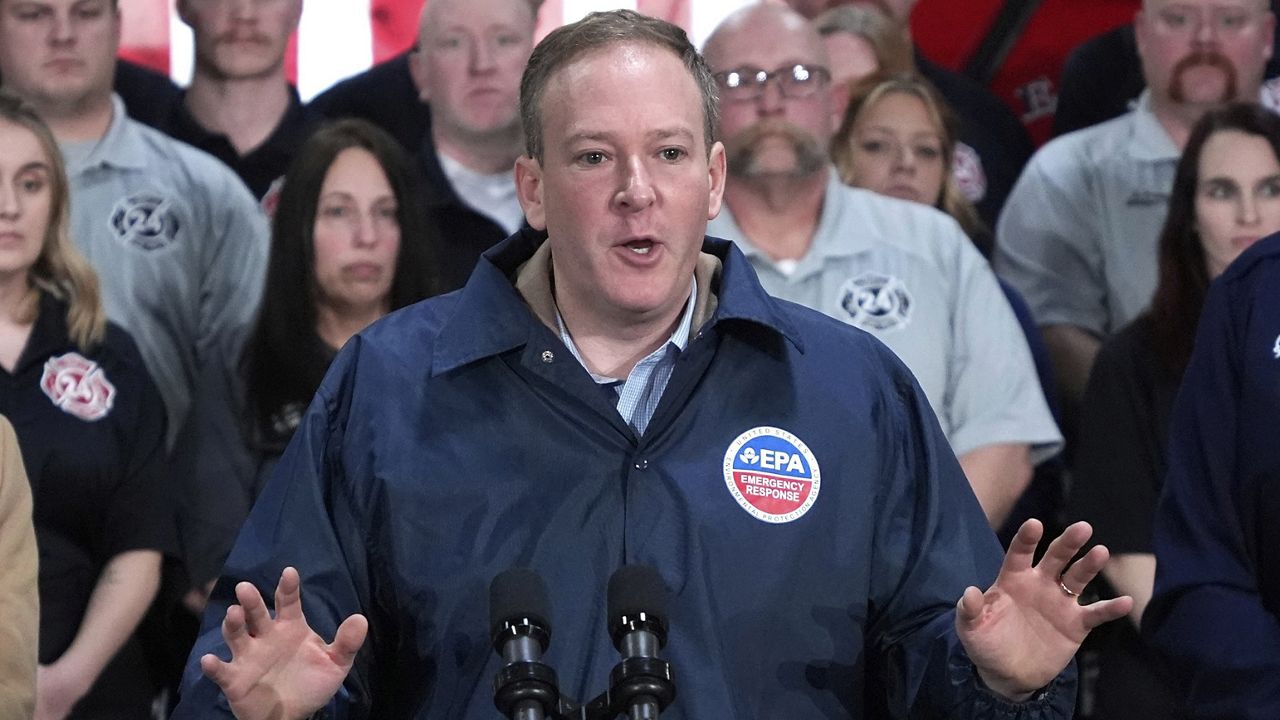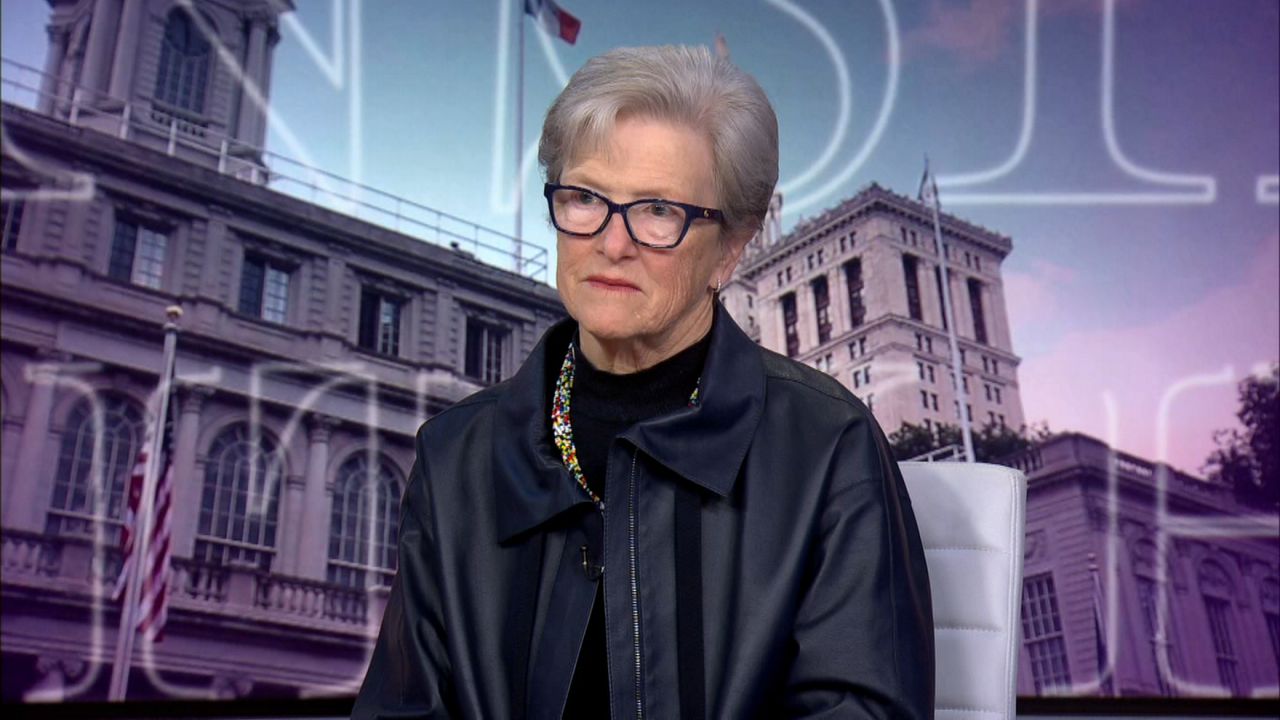The MTA has completed a feasibility study for a proposed mass transit line that would link Brooklyn and Queens directly, Gov. Kathy Hochul announced Thursday.
The study for the line, called the Interborough Express, did not determine whether it would be a bus line or a rail line that would run on existing freight tracks that stretch from southwest Brooklyn to central Queens.
With the feasibility study complete, the MTA will now begin an environmental study and community engagement program for the proposed project, Hochul said.
“Is it bus rapid transit? Is it light rail? Is it heavy rail?” Hochul said at a news conference. “We don’t have those answers today, but we know we have a path forward.”
The 14-mile line would run from the bottom of the Brooklyn Army Terminal, in Bay Ridge, up to Jackson Heights, in Queens, with connections to 17 subway lines, as well as the Long Island Railroad. More than 900,000 people would live within a half-mile of the line, a majority of whom are non-white.
The feasibility study did not include any estimated costs or completion dates.
End-to-end travel times for all the possible transit types studied — which did not include a traditional subway line — would be under 45 minutes.
The heavy rail, light rail and bus scenarios were studied in conjunction with creating a freight rail corridor alongside the passenger trains, a long-held goal of Rep. Jerry Nadler, who represents parts of Brooklyn where the line would pass through.
While the study did not make a final determination on which option would work best. Light rail and bus lines would need to be fully separated from the existing freight rail, with dedicated rail or roadways built over the freight lines where the railway passes through tunnels and other narrow areas. Conventional rail trains could use the existing track, with a third rail power source added, while light rail would use overhead power lines.

The study projects that the Interborough Express would ferry 10,000 riders from Queens to Brooklyn daily, with 6,000 riders going the other direction.
The study suggests that extending the line through Astoria, Randalls Island and across the Bronx — a central component of the original concept for the three-borough line — would see significant challenges.
The MTA would need to build a new train line, as existing rails along the route could not accommodate the anticipated 5-minute headways on the Brooklyn-Queens line. The extension would also require significant property purchases, whereas the Brooklyn-Queens section has an existing right-of-way on already-built tracks.
The railway currently hosts up to three freight trains a day, the feasibility study reports.
“We need to get more out of the infrastructure we have,” said Janno Lieber, the head of the MTA.
In a statement, Mayor Eric Adams said he supported the project, which he said would provide “greater connectivity for New Yorkers living in transit deserts as well as much-needed economic development.”
The Port Authority is still evaluating the proposal for a new freight rail tunnel stretching from Bayonne, N.J. to the Brooklyn Army Terminal. The tunnel, Nadler said, would reduce the growing strain of freight trucks on city roads, as well as finally connect the city to the nation’s freight rail system.





_PKG_NYU_Prayer_Room_Vandalized_CLEAN)


